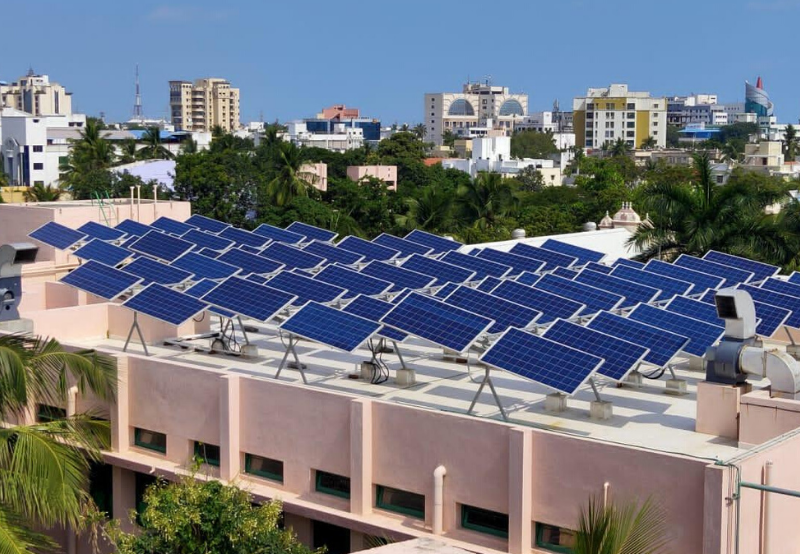Introduction: Solar energy is gaining popularity in India as a clean and sustainable alternative to traditional energy sources. As more individuals and businesses consider installing solar panels, understanding the cost involved becomes crucial. In this blog, we will delve into the factors influencing the cost of installing solar panels in India to help you make an informed decision.
System Size and Capacity: The size and capacity of the solar power system you choose significantly impact the cost. A larger system with more solar panels will generate more electricity but also incur higher upfront costs. The capacity is measured in kilowatts peak (kWp), representing the maximum power output of the system under ideal conditions. Assess your energy needs and consult with solar professionals to determine the appropriate system size for your requirements.
Equipment and Components: The quality and type of equipment and components used in the solar power system influence the cost. High-quality solar panels, inverters, mounting structures, and electrical wiring may come at a higher initial investment but offer better performance and durability. It is advisable to choose reliable and certified components to ensure long-term efficiency and optimal power generation.
Installation and Labor: The installation cost includes labor charges for the installation team, as well as any additional expenses related to mounting structures, electrical connections, and wiring. Complex roof designs or challenging installation conditions may increase the labor cost. It is recommended to hire experienced and certified solar installers to ensure a safe and efficient installation process.
Government Incentives and Subsidies: The Indian government promotes solar energy adoption by offering various incentives and subsidies. Schemes such as the Ministry of New and Renewable Energy’s (MNRE) Solar Rooftop Subsidy Program provide financial support to individuals and organizations installing solar panels. These subsidies can significantly reduce the upfront costs, making solar installations more affordable.
Financing Options: To make solar installations more accessible, several financing options are available in India. Banks and financial institutions offer loans and favorable repayment terms specifically tailored for solar projects. Additionally, some solar providers offer leasing or power purchase agreement (PPA) options, where you can pay for the solar power consumed rather than owning the system outright. Exploring these financing options can help overcome the initial cost barriers.
Maintenance and Operational Costs: Solar panels generally require minimal maintenance, but it’s important to consider the operational and maintenance costs over the system’s lifespan. This may include periodic cleaning, inspection, and potential component replacements. Inquire about warranty terms and service agreements provided by the solar panel manufacturer or installer to ensure long-term performance and minimize maintenance expenses.
Conclusion: The cost of installing solar panels in India depends on several factors, including system size, equipment quality, installation labor, government incentives, financing options, and long-term maintenance. While the upfront investment may seem significant, the long-term benefits, such as reduced electricity bills, energy independence, and environmental sustainability, make solar installations a worthwhile investment. Consult with reputable solar professionals, compare quotes, and explore available subsidies and financing options to determine the most cost-effective solution for your energy needs. Embracing solar energy not only helps you save money but also contributes to a cleaner and greener future.

